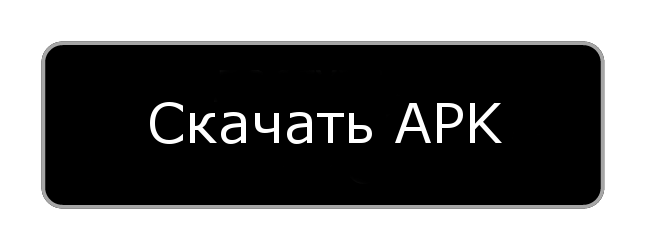How to send or receive HTTP request headers (browser or other client) in PHP
HTTP headers are almost always sent on every request for any web page. They allow you to tell the browser or another client information about the displayed content, they can contain a number of settings. It is known that there are two types of headings:
- request headers - request headers sent by the client (browser) to the server;
- response headers - response headers sent by the server to the client (to the browser).
This article discusses the first type of headers, the request headers.

How to send HTTP request headers
This can be done if you are using your client to query the server. For example, this could be a simple query using the CURL library:
if ($ curl = curl_init ('https://example.com')) {
$ headers = array (
'Content-type: application / json',
'Content-length: 0',
);
curl_setopt ($ curl, CURLOPT_HTTPHEADER, $ headers);
curl_setopt ($ curl, CURLOPT_RETURNTRANSFER, true);
$ response = curl_exec ($ curl);
curl_close ($ curl);
return $ response;
}
I must also say that the CURL library has its own predefined constants, which are read by the server as headers. For example, you can send an HTTP header User-Agent or others using similar code:
curl_setopt ($ curl, CURLOPT_USERAGENT, 'User-Agent: Mozilla / 4.0 (compatible; MSIE 5.01; Widows NT)');
How to get HTTP request headers
You may need to get headers for different purposes; for this, special features of programming languages are used. There are several functions for getting headers in PHP. Here are the functions for getting headers in PHP :
- getallheaders - Returns all HTTP request headers;
- apache_request_headers - Get a list of all HTTP request headers.
Any function can be used to get headers. The getallheaders function is often used:
foreach (getallheaders () as $ name => $ value) {
echo "$ name: $ value \ n";
}
However, it does not always work, for example, the error "Call to undefined function getallheaders ()" may occur. This means that the function is not defined and you need to use other functions or update PHP. Before using this function, you can check if it exists using the function_exists function. If no function works, you can select all headers from the $ _SERVER array, they are marked with the "HTTP_" prefix.
As you can see from the article, working with HTTP headers is quite simple, for this it is enough to use special tools PHP programming language .
Latest articles
- 03.04.24IT / Уроки PHP Уроки простыми словами. Урок 3. Все операторы PHP с примерами, с выводом работы кода на экран.
- 02.04.24IT / Уроки PHP Уроки простыми словами. Урок 2. Типы данных в PHP с примерами.
- 02.04.24IT / Уроки PHP Уроки простыми словами. Урок 1. Коротко о языке веб-программирования PHP. Основы синтаксиса.
- 09.11.23IT / Database Errors when migrating from MySQL 5.6 to 5.7 and how to fix them - database dump import failed with an error or INSERT does not work. Disabling STRICT_TRANS_TABLES strict mode or using IGNORE
- 08.07.22IT / Misc Convert office files DOC, DOCX, DOCM, RTF to DOCX, DOCM, DOC, RTF, PDF, HTML, XML, TXT formats without loss and markup changes
 12782
12782